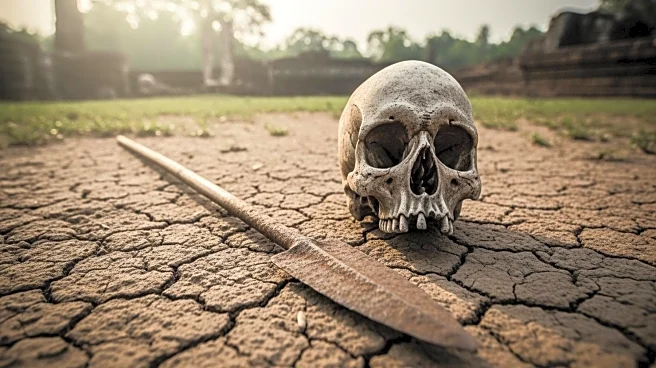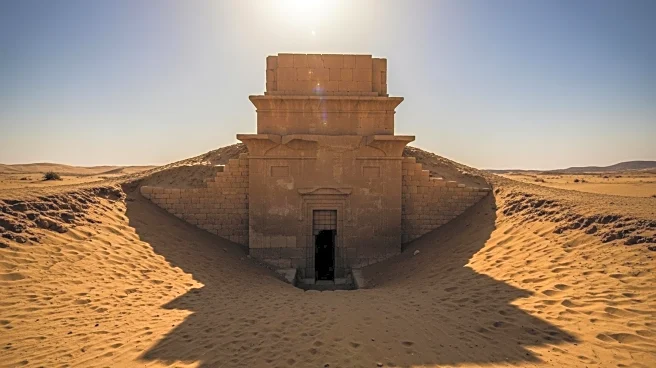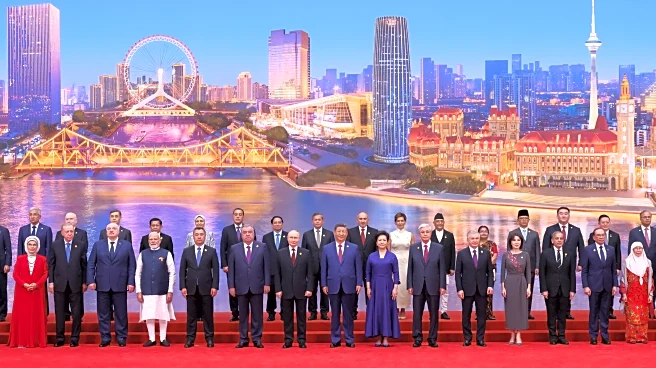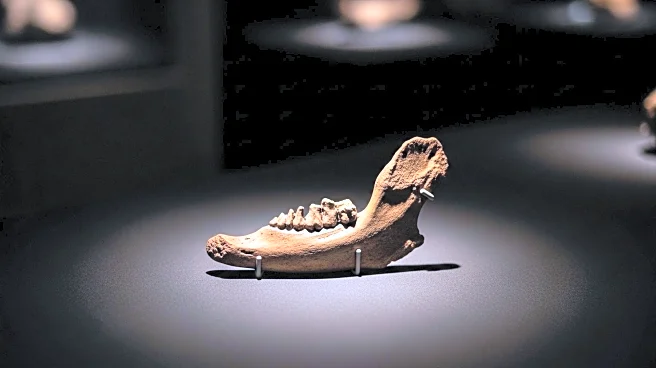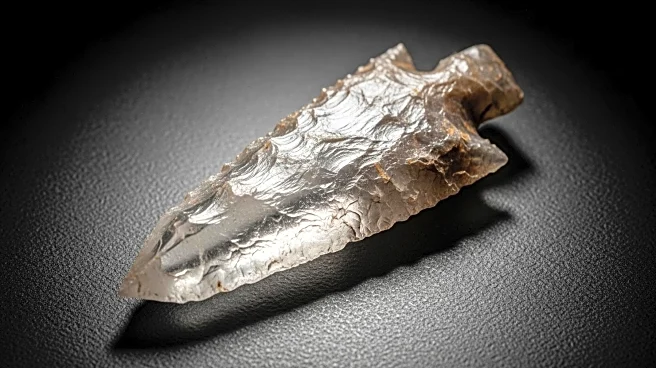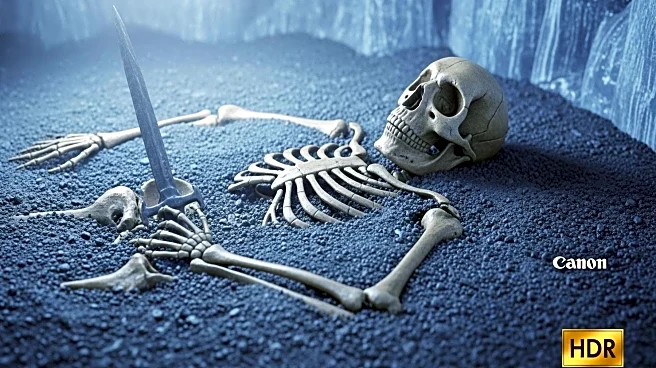What is the story about?
What's Happening?
A 12,000-year-old human skeleton discovered in Vietnam provides evidence of early human conflict in Southeast Asia. The skeleton, named TBH1, belonged to a man who died from an infection caused by a quartz-tipped projectile wound to the neck. The discovery, made at the Thung Binh 1 cave site, offers insights into the lives of hunter-gatherers during the late Pleistocene era. The presence of the projectile, which differs from local tools, suggests possible violence between different populations.
Why It's Important?
This finding is crucial for understanding the social dynamics and interactions of early human populations in Southeast Asia. It challenges previous assumptions about the prevalence of interpersonal violence in foraging societies and provides a rare glimpse into the conflicts that may have occurred during this period. The study contributes to the broader narrative of human migration and adaptation, highlighting the complexities of early human societies.
What's Next?
Further archaeological work is needed to reconstruct the circumstances surrounding the man's death and to explore the interactions between different populations in the region. This may involve additional excavations and analyses to uncover more evidence of early human conflict and cooperation. The findings could inform current theories on human evolution and migration patterns.
Beyond the Headlines
The ethical considerations of studying ancient human remains include respecting the cultural heritage and beliefs of local communities. Researchers must navigate the balance between scientific inquiry and cultural sensitivity, ensuring that their work contributes positively to the understanding of human history without infringing on the rights of indigenous peoples.
AI Generated Content
Do you find this article useful?
